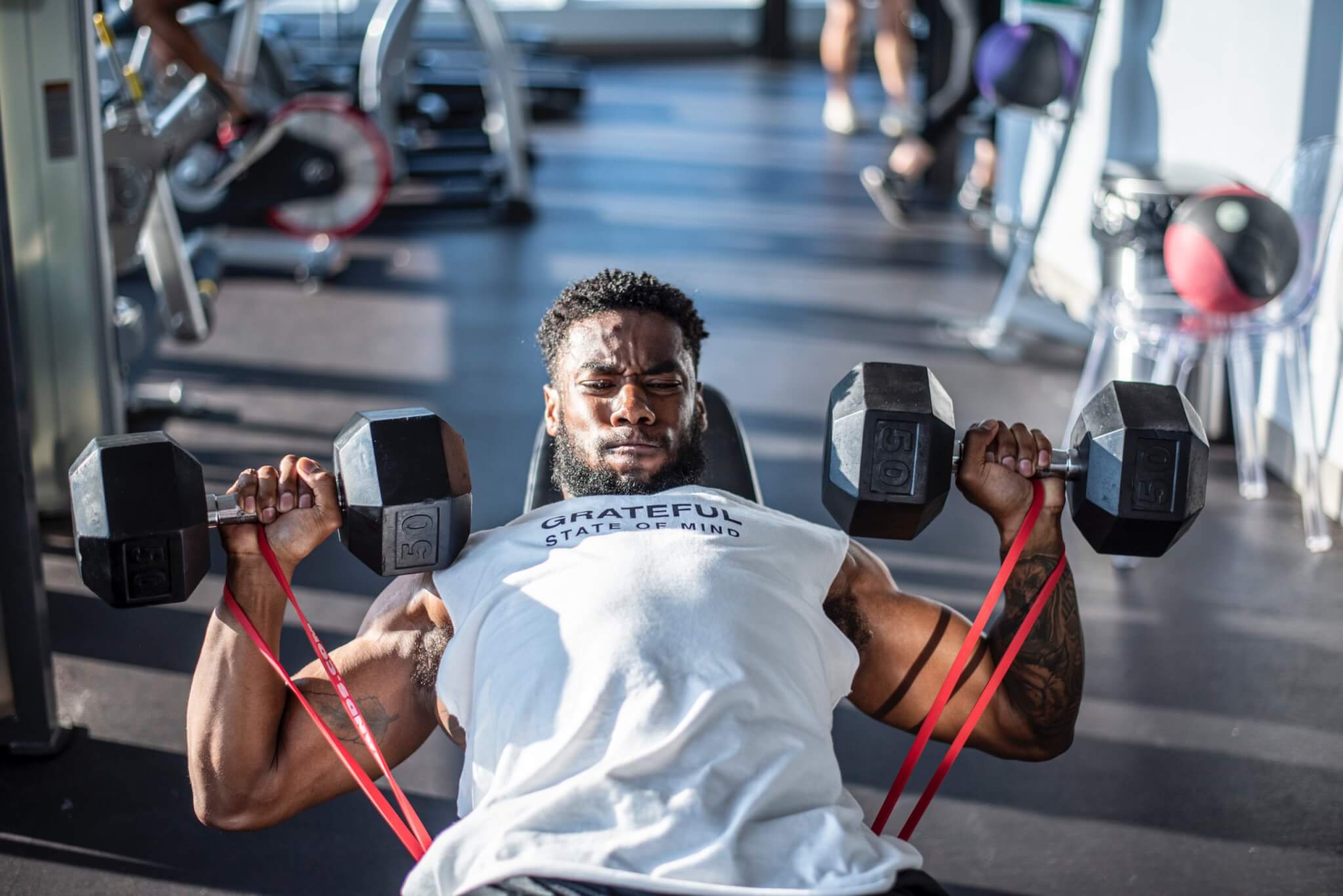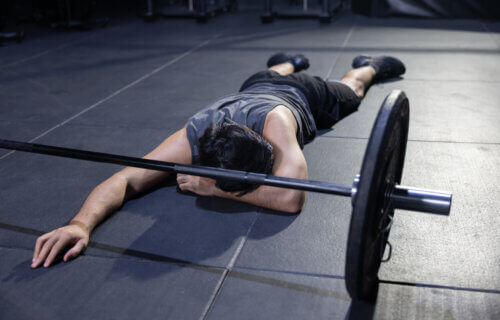💡What To Know:
- Injuries to the face and head while working out have increased 32.7% since 2013.
- Roughly 1 in 5 people have a gym membership, according to estimates.
- Researchers believe “ego lifting” may explain these injuries, especially among men.
MIAMI — The next time you’re thinking about attempting a new max bench press without a spotter, think again. A new study is revealing a notable increase in the rate of head and facial injuries related to exercise and weightlifting over the past decade. Researchers discovered that these injuries are more common among men in comparison to women and among adolescents and young adults compared to older gym goers.
“Incidence of craniofacial injury significantly increased between 2013 and 2022, illuminating the need for better education and risk mitigation strategies,” according to Rohan Mangal, MSc, and a team from the University of Miami, in a media release.
Using the Consumer Product Safety Commission’s National Electronic Injury Surveillance System, researchers identified U.S. emergency room visits for craniofacial injuries related specifically to “exercise and equipment.” The analyzed dataset encompassed 582,972 injuries occurring between 2013 and 2022.
Over that decade-long period, the annual incidence rate of exercise and weightlifting-related head and facial injuries increased by an alarming 32.7 percent. Most of the injuries were among men (55.7%), but it’s worth noting the increase in incidence was nearly twice as high among women (44.5% vs. 24.2%).
When study authors conducted an analysis according to age, they identified adolescents between ages 15 and 19 as having the highest rate of craniofacial injuries (9.9%). That statistic gradually declined until the ages of 40 to 44 — before increasing again between the ages of 65 to 69. Head injuries ranked as the most common type of exercise and weightlifting-related injuries (45%), followed by facial injuries (26%) and neck injuries (21%). The team also looked at mouth, eye, and ear injuries, with all accounting for less than five percent of incidents, respectively.

Most of the injuries were either internal in nature (25.2%) or lacerations (24.8%), but other diagnoses included contusions or abrasions (12.9%) and strains or sprains (11.9%). On a more positive note, only 8.5 percent of patients were hospitalized due to their injuries. Those who did go to a hospital were mainly admitted due to internal organ injuries or fractures. Those with internal head injuries had especially high hospital admission rates (15-20%).
Prior injury research efforts related to exercise and weightlifting have focused on other areas, such as the limbs and lower back. Craniofacial injuries, on the other hand, have been “insufficiently characterized,” researchers say. Based on a recent report stating that 22 percent of Americans have a gym membership, researchers estimate such injuries may occur among roughly one out of every 1,264 gym goers annually.
The increased rate of exercise and weightlifting-related craniofacial injuries among men specifically may reflect societal and cultural pressure placed on men to exercise or lift weights beyond their capacity, otherwise known as “ego lifting.” Similar pressures to exercise at high intensity may be at play when it comes to the higher injury rates in adolescents and young adults as well.
The study authors point to a few key limitations of this study, such as a lack of specific information on how the injuries occurred. Also, because the analysis only included injuries leading to emergency department visits, researchers say the overall number of injuries is “likely underreported.” Finally, the study authors discussed “safe exercise practices” that can help reduce rates of exercise-related craniofacial injuries. Training in proper technique, certain types of external safeguards at health clubs, and exercise supervision by gym staff are just a few examples.
“While exercise and weightlifting-related craniofacial injuries are impossible to avoid altogether, knowledge of their current trends allows for targeted prevention strategies for vulnerable subgroups,” the study authors conclude.
The study is published in the Journal of Craniofacial Surgery.
